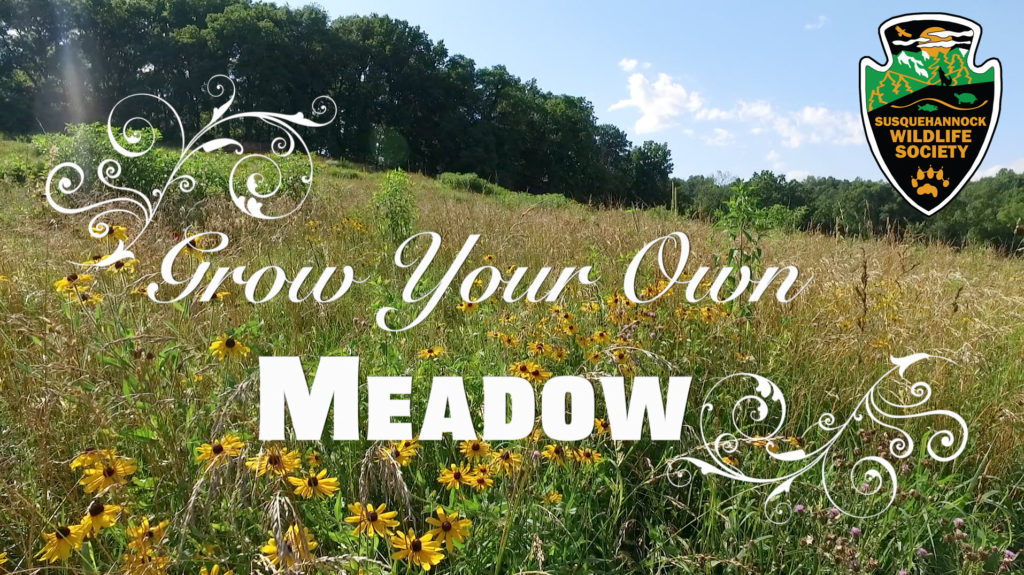
View Our Video on How to Grow Your Own Meadow Here!
Grasslands are some of our most imperiled habitats, even the iconic American prairie is only a fraction of what it once was and with it the loss of many populations of wildlife that called it home.
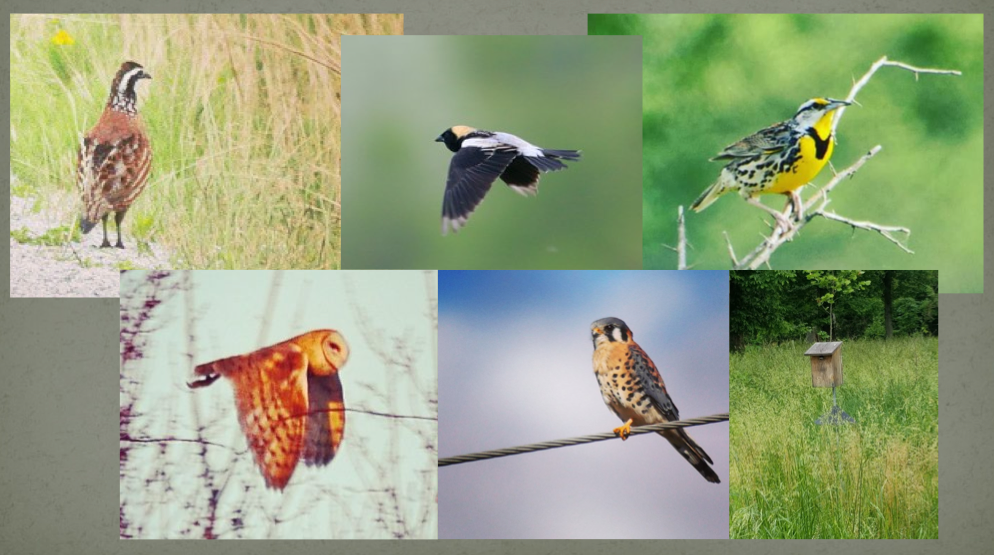
Here in the Mid-Atlantic we had meadowlands and grasslands mixed into the once heavily forested landscape with many species having disappeared or declining due to their absence.
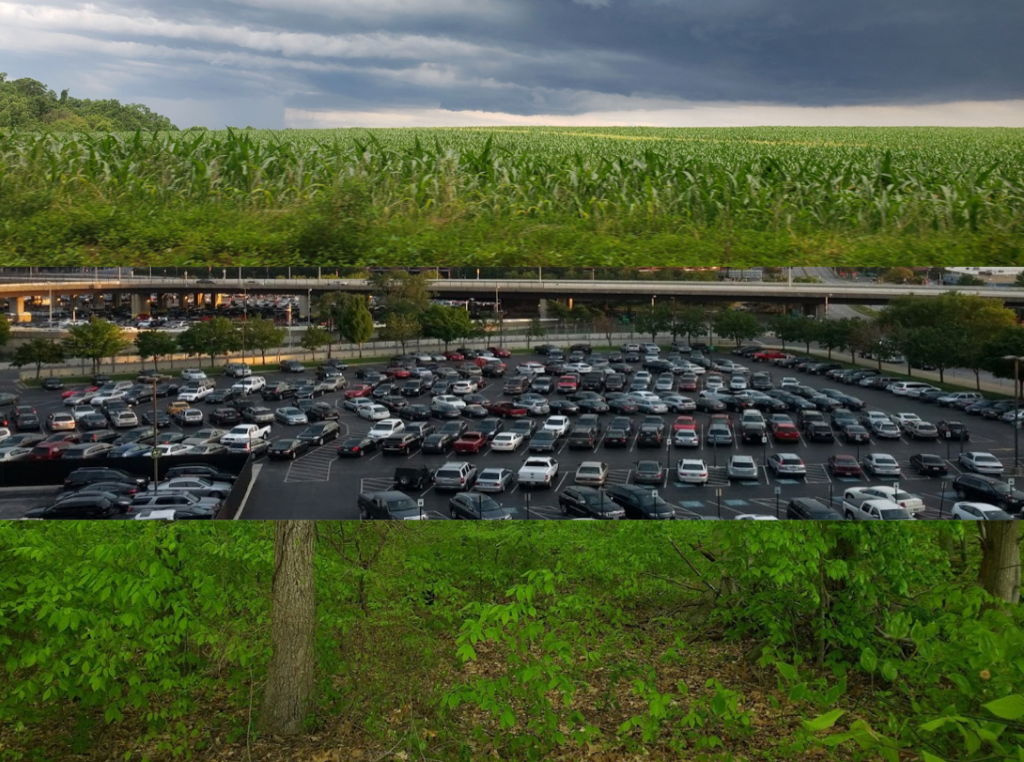
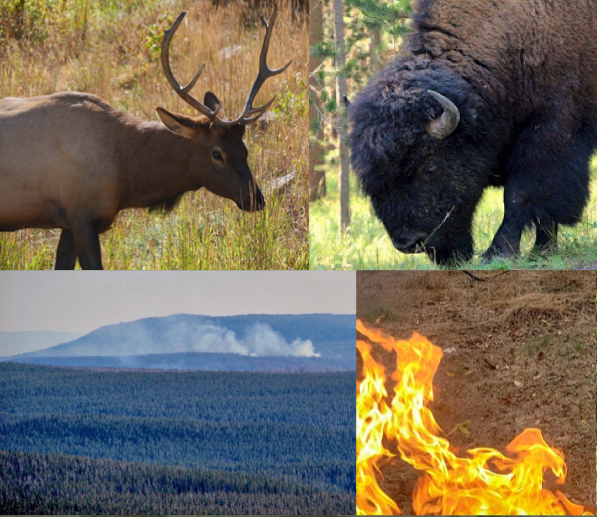
Most of those open grasslands have disappeared either due to development, agriculture, or even by reforestation, well meaning and intentional or by natural succession that occurs more frequently without large grazing mammals and the wildfires that we once had.
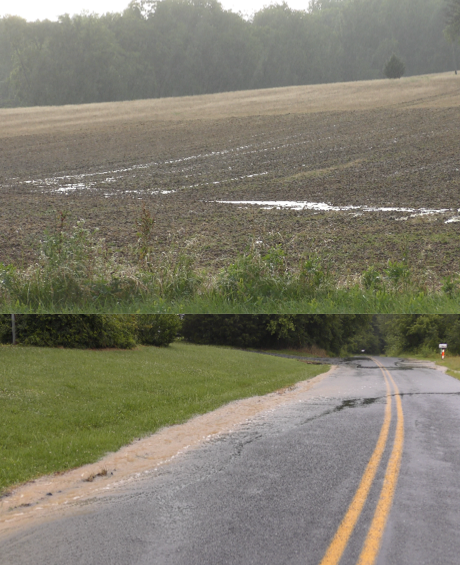
Our developed areas, lawns and even farmlands can create harmful storm water runoff. While it is usually trees that we think about to reduce the heated, sediment and nutrient filled runoff, meadows are an excellent natural way to filter and absorb excess rainwater before it enters our waterways.
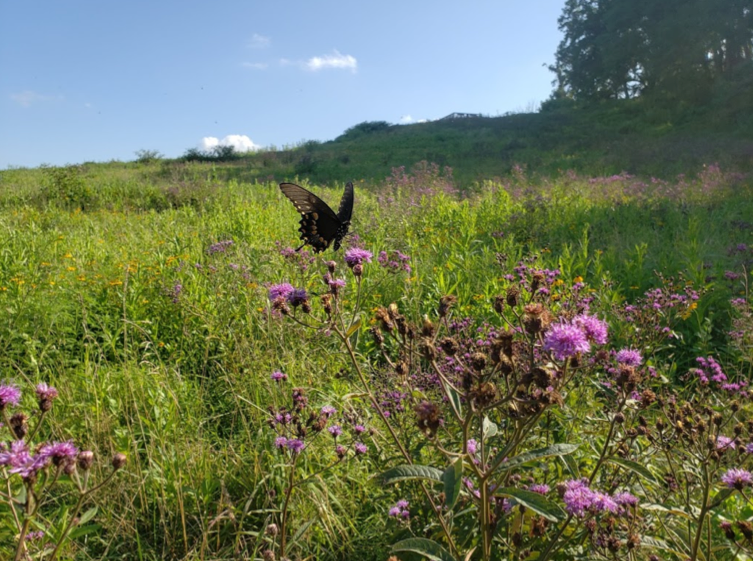
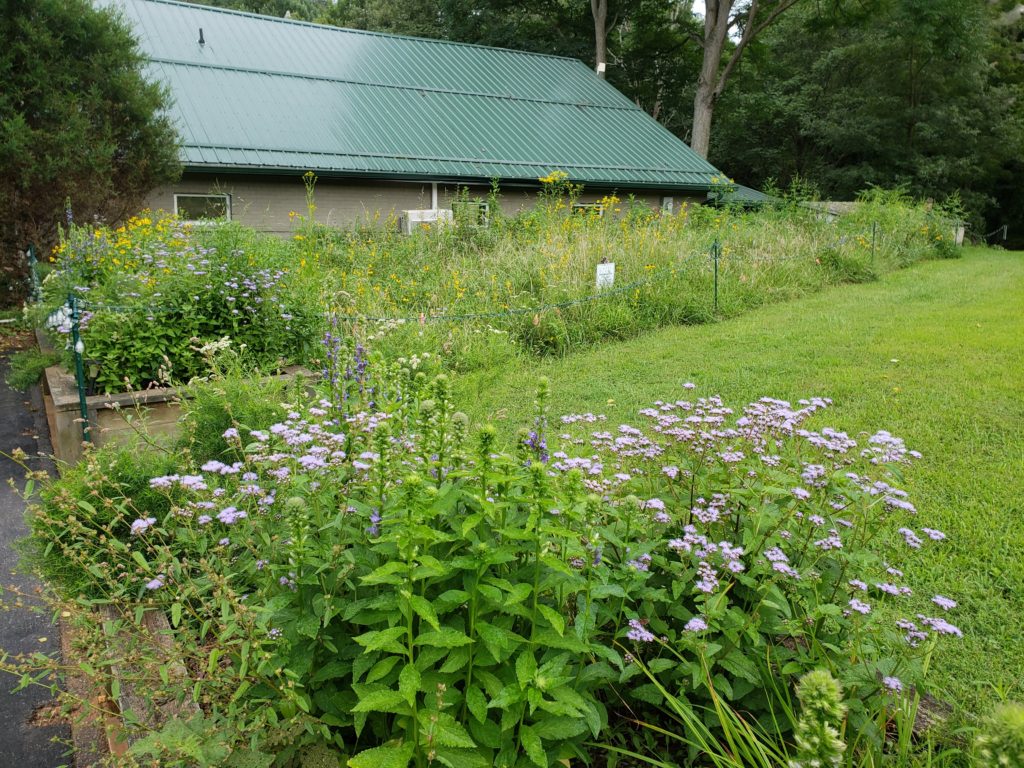
No matter how big or how small, any meadow can be beneficial. Here we will show you the easy steps so that you can create your own and do your part to reduce your impact on your watershed.
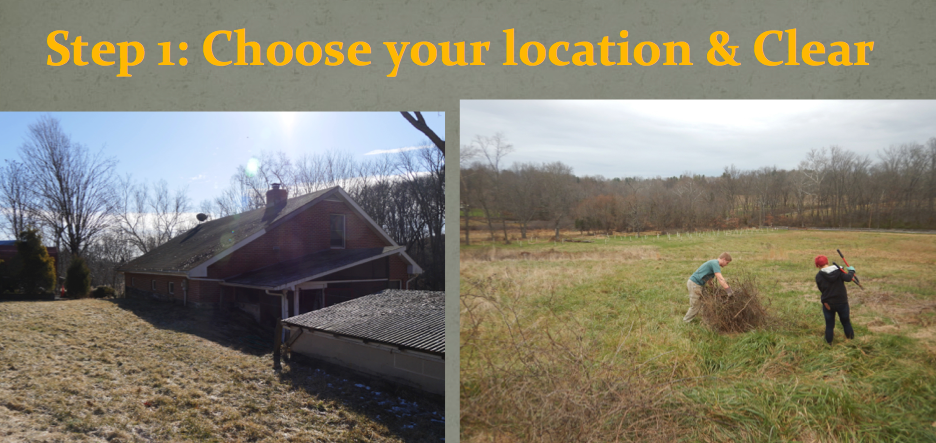
First, pick a location and mow. If there is a slope, you can alternate rows to allow the taller existing grass to keep your exposed soil and seeds from washing away.
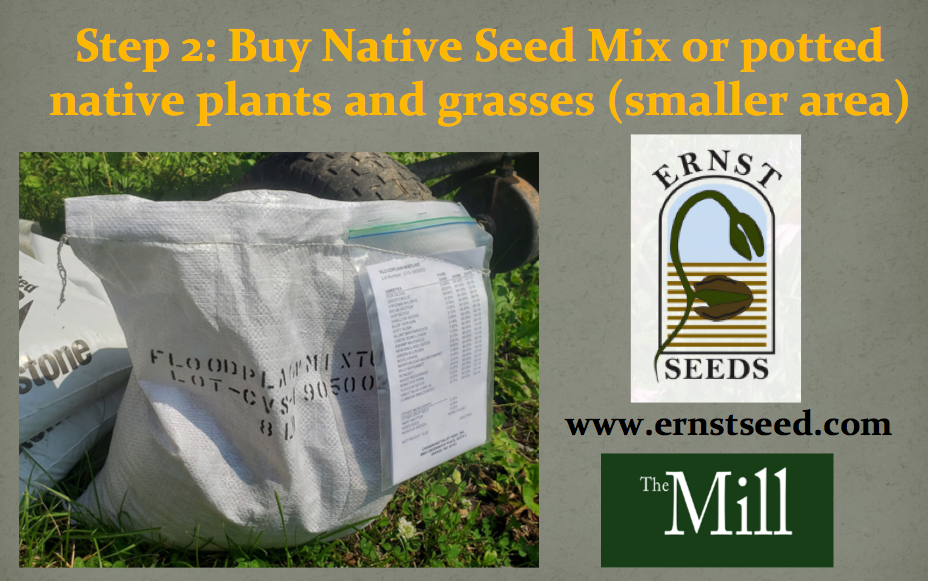
Buy a native grass and wildflower seed mix that you can spread. Pick a mix that matches your region, and landscape, both upland or floodplain types are available. One example of a source with a wealth of information and products available is www.ernstseed.com and a local seller in Harford County, Maryland where we ordered our seed is themillofbelair.com
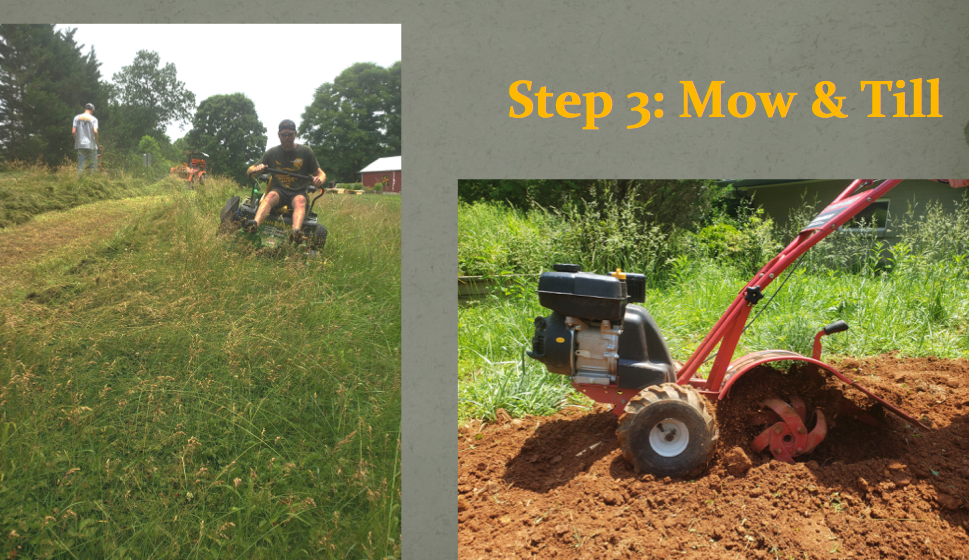
Till the tightly mowed grass to expose the soil and allow for proper contact with the seeds.
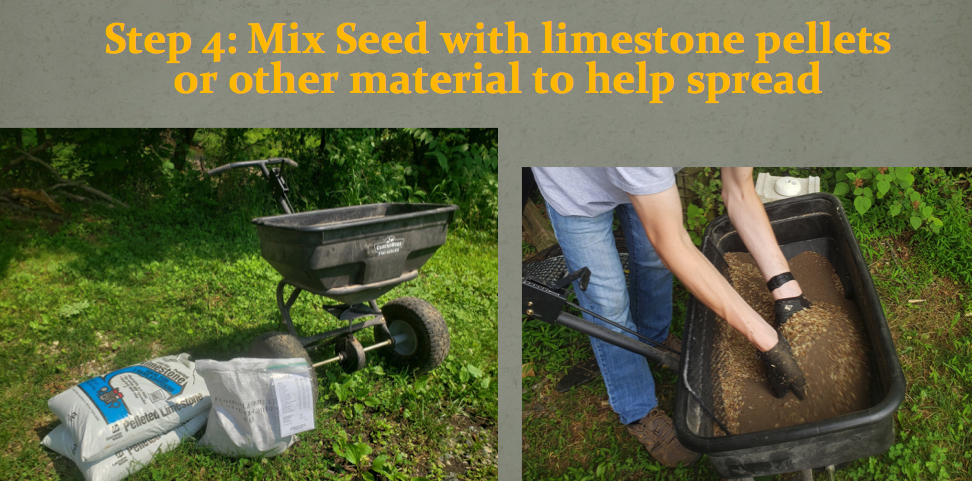
Pelleted lime helps with spreading the seed and raises the pH of the soil if needed.
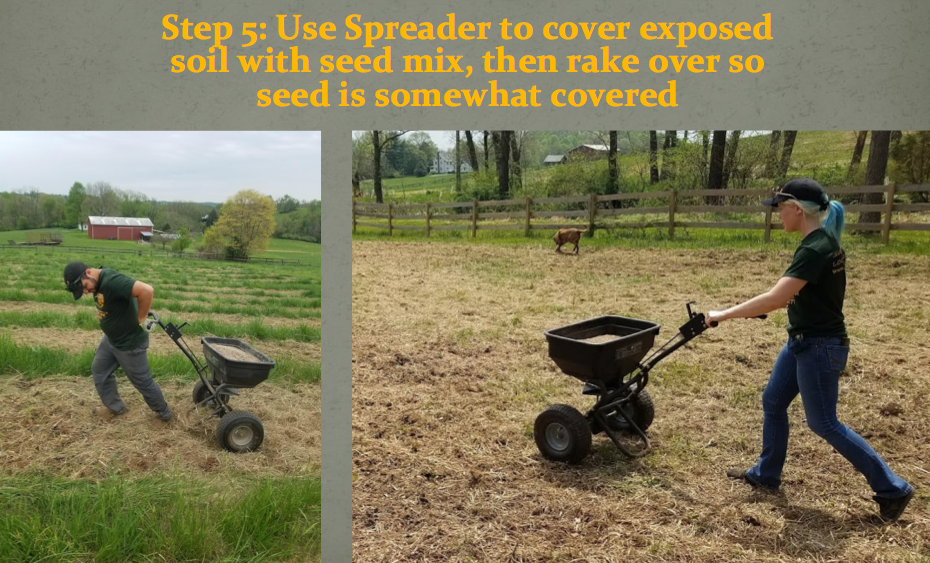
After spreading the seed mix, rake to bury some of the seed.
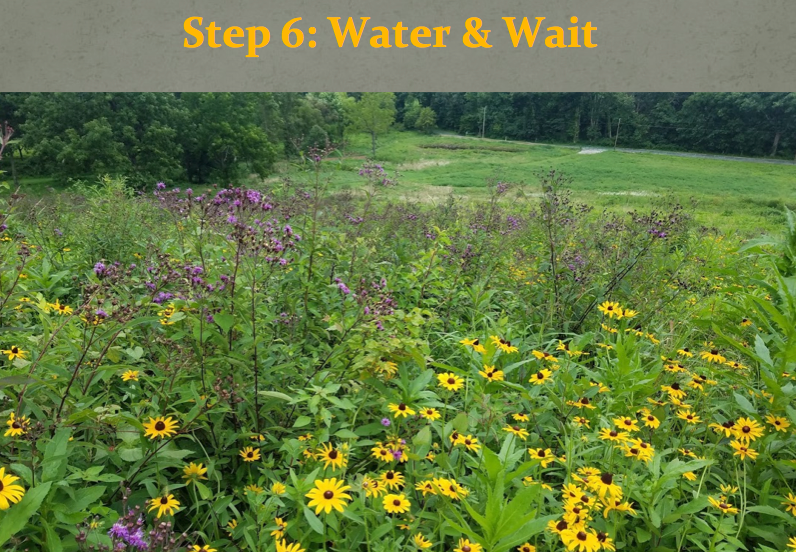
Water as needed or plan your planting around rain. Wait and watch grow!
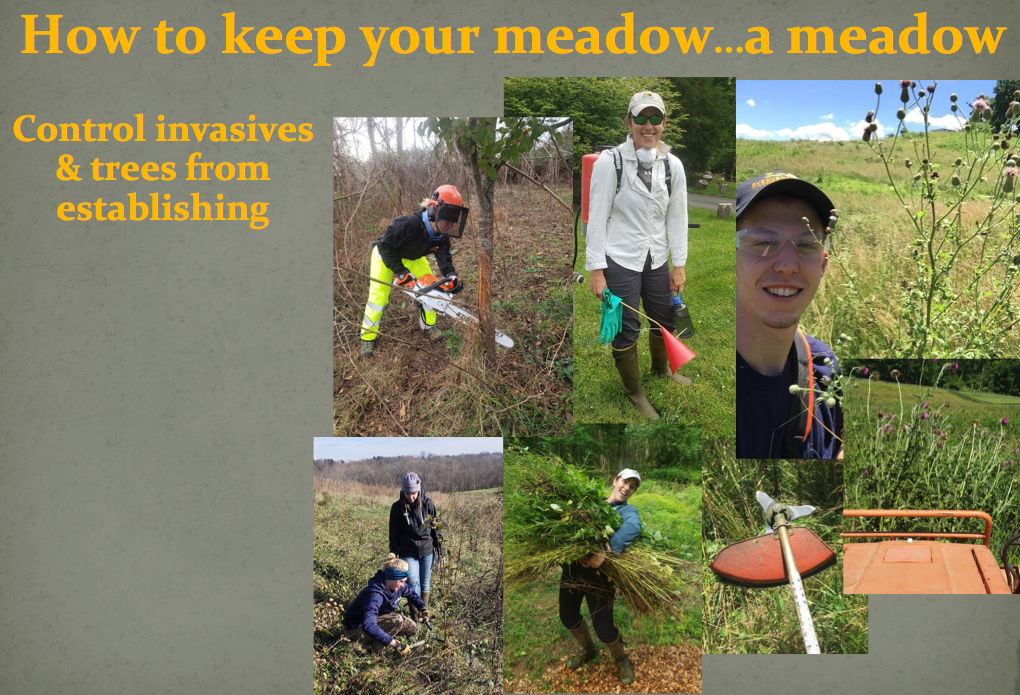
Remove invasive plant species whenever possible and prevent growth of woody vegetation that will take over your meadow if left alone.
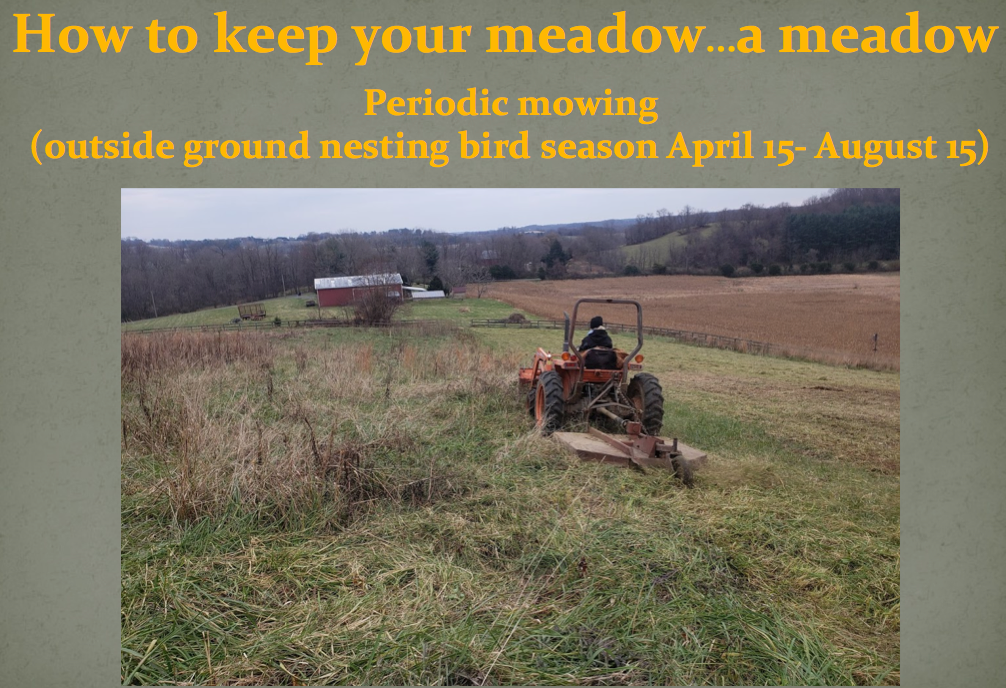
Spot mowing and periodic area mowing of dead vegetation or controlling of invasive plants / woody vegetation will be needed. It is important to be aware that different wildlife species will use the vegetation at different times of the year. Our plan is to mow different sections each March, after winter cover is used but before bird nesting and larger use by insects begins. The goal should be to avoid removing all of the cover at once while still ensuring to make room for new plant growth and removal of plants that are not desired to inhabit the meadow.
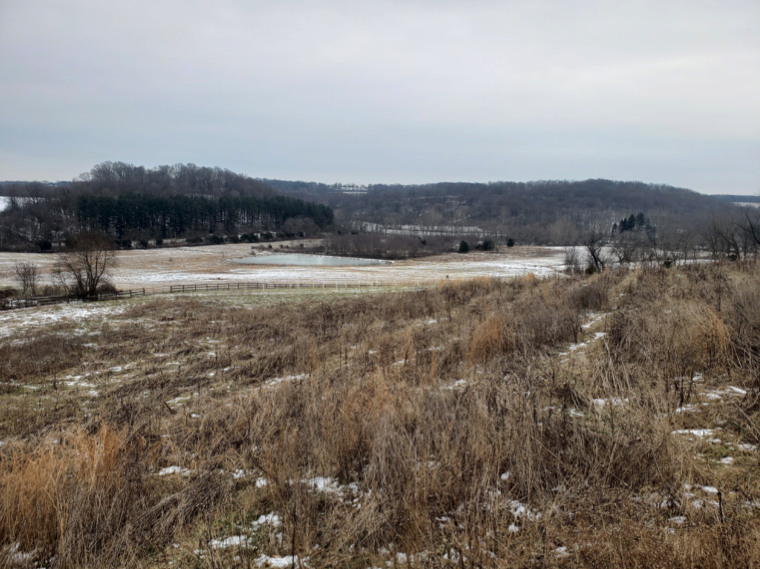
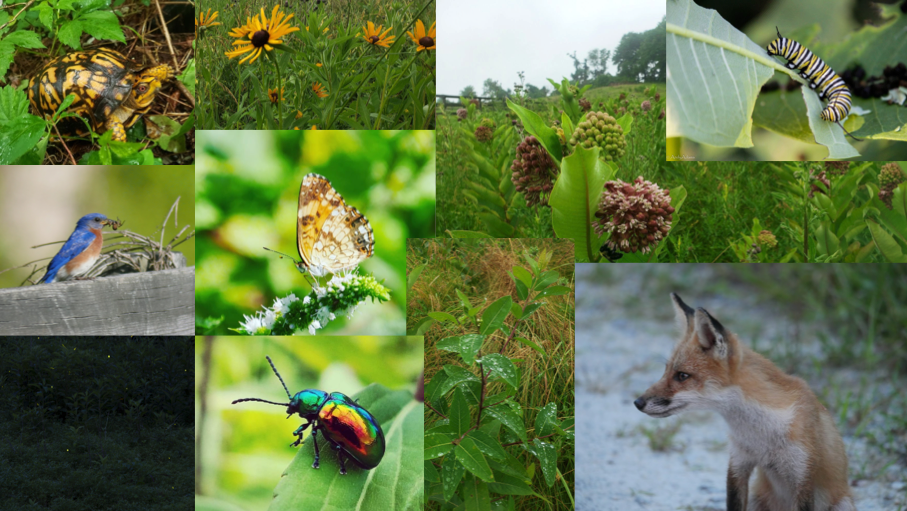
As the seasons progress, wildlife will quickly begin to use the plants for cover and food! With a little bit of work and some planning, you can a rich home for your local wildlife while doing your part to control your impact on your watershed.
There may be resources that can help you in purchasing seed for your land, please visit these websites for more information!

https://www.nrcs.usda.gov/wps/portal/nrcs/main/national/programs/financial/eqip/
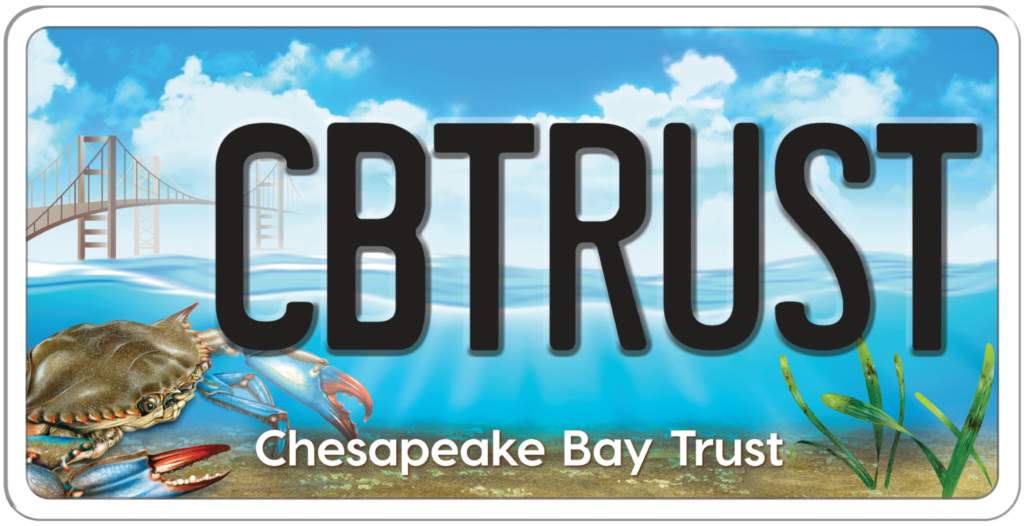
This project was made possible through a grant provided by the Chesapeake Bay Trust and Harford County Government.


